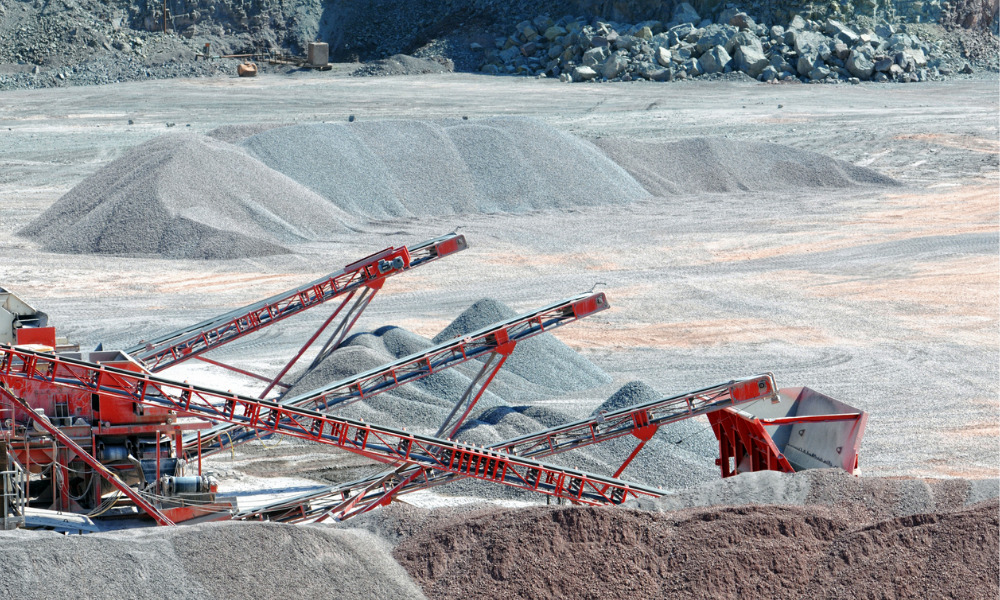
Ontario failed to provide copy of actual draft regulation, environmental group said

The Canadian Environmental Law Association (CELA) has commented on a notice containing proposed changes for rehabilitation of pits and quarries across Ontario.
On Jan. 10, the Ministry of Northern Development, Mining, Natural Resources and Forestry issued the Environmental Registry Notice 019-4801 containing proposed regulatory changes related to importation of excess soil − soil that has been excavated from construction sites − to facilitate rehabilitation of pits and quarries throughout the province under the Aggregate Resources Act
Under the proposed regulatory changes, all approval holders authorized to import excess soil for rehabilitation purposes should follow the On-Site and Excess Soil Management Regulation (O.Reg. 406/19) based on future property use and site conditions. However, this rule would be subject to the following exceptions:
The ministry said that the proposed regulatory changes are consistent with provincial requirements for reuse of excess soil at pits and quarries in the province for a beneficial purpose and would provide flexibility for aggregate site-approval holders to plan for and undertake rehabilitation in a cost-effective manner.
In its written submission, the CELA said that the proposed regulatory changes “appear laudable in theory” since they would ensure that the cleanest fill goes below the water table for rehabilitation and assist in protecting ground water resources. But the CELA noted that the ministry failed to include a copy of the actual draft regulation in the notice for public consultation purposes. Without access to it, “it is exceptionally difficult, if not impossible,” for the public to submit comments on the proposed regulatory changes, the CELA said.
In addition, the CELA said that the ministry seems to rely upon aggregate operators to hire their own qualified persons in determining the acceptability of large quantities of fill to be placed below the water table.
“If utilized, this controversial ‘self-policing’ approach will need to be accompanied by announced and unannounced inspections under the Aggregate Resources Act by ministry staff to ensure compliance with regulatory requirements and provincial standards,” the CELA wrote.
With this, the CELA called on the ministry to extend the submission of feedback on the proposed regulatory changes for an additional 60 days pursuant to the Environmental Bill of Rights.